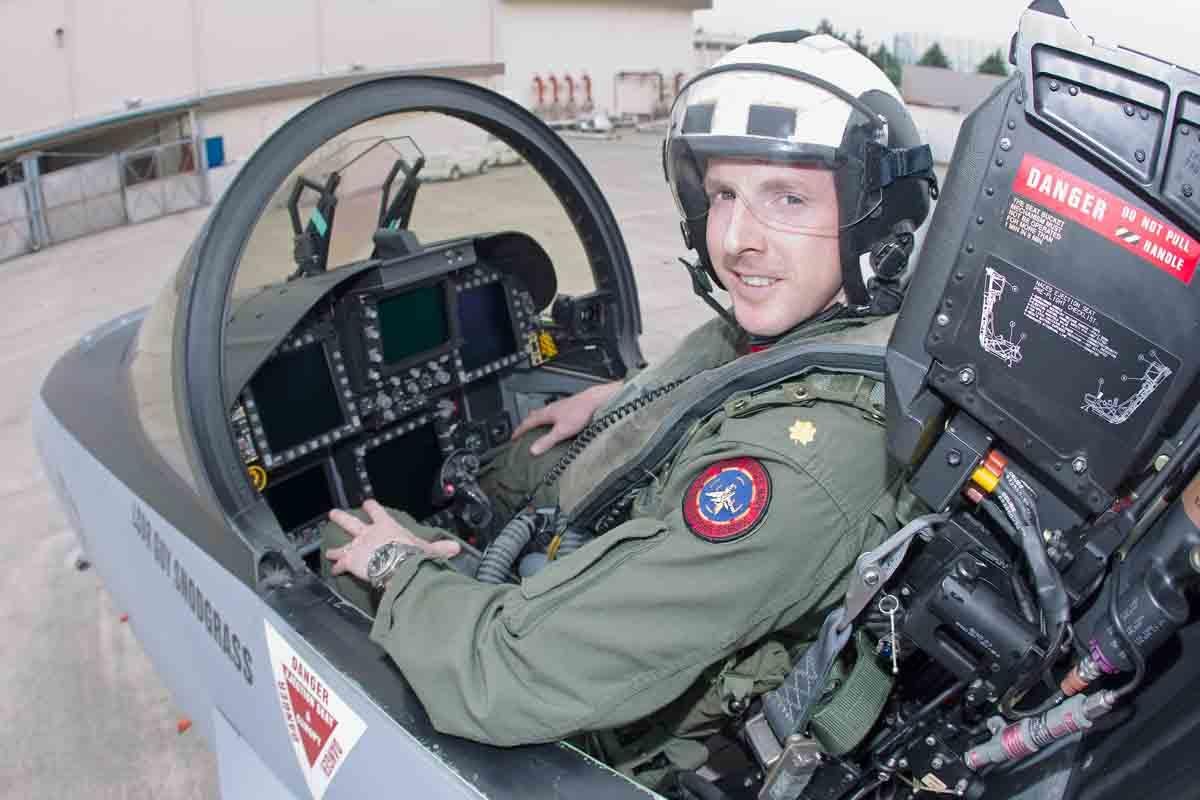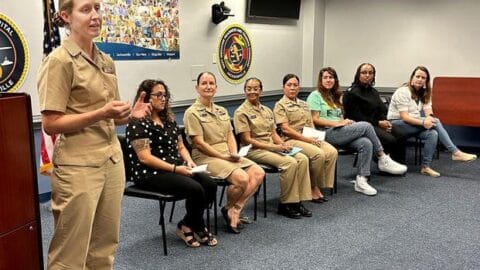
A report by the National Transportation Safety Board released Thursday concluded that the probable cause of a single-engine plane crash that killed the legendary U.S. Navy F-14 Tomcat pilot, Capt. Dale “Snort” Snodgrass, last July, was pilot error.
Snodgrass was the lone occupant of the SIAI-Marchetti fixed-wing aircraft when it crashed around noon during takeoff at the Lewiston-Nez Perce County Regional Airport on July 24, 2021.
In a detailed report, the safety board said Snodgrass was attempting to take off at about noon, “when, shortly after the airplane became airborne it pitched up aggressively, rolled left and descended into the ground in a nose-down attitude.”
The following investigation did not reveal any evidence of malfunctions or failures of the flight control system and there was no evidence to indicate that the pilot’s seat had moved.
Although Snodgrass was reported to be extremely thorough about performing preflight checks, the report said, in this instance he failed to perform an adequate preflight inspection and flight control check before taking off.
Snodgrass failed to “remove the flight control lock before departure, which resulted in a loss of airplane control and impact with terrain. Contributing to the accident was his failure to perform an adequate preflight inspection and flight control check before takeoff,” the report said.
The flight control lock is a device that holds the rudder of the aircraft in the neutral position but still allows for near-full movement of the rudder and tailwheel via the rudder pedals.
Medical examinations following his death did not reveal any contributing health factors to Snodgrass’s failure to perform the preflight inspection.
“There was no video evidence to provide insight into the duration and scope of the pilot’s preflight inspection; however, omission of the preflight control check was uncharacteristic given his extensive flight experience, and the reason it was not performed could not be determined,” the report said.
Considered one of the greatest fighter pilots of all time, Snodgrass’s military career began in the early 1970s and ran for 26 years. He accumulated more than 4,800 hours in the F-14 in both war and peace, more than any other pilot.
Many admirers called him the real “Maverick,” the call sign for the character portrayed by Tom Cruise in the blockbuster “Top Gun.” And like Maverick, Snodgrass was famous for his low-level flybys. But unlike that unruly fictional character who got in trouble for such unauthorized antics, Snodgrass got his thrills by the book.
One such flyby was captured in a stunning 1988 photo taken by Naval photographer Sean E. Dunn from the flight deck of the USS America aircraft carrier. Considered one of the most famous aviation photos of all time, it shows Snodgrass’s F-14 with its wings vertical, seemingly far too close to the ship and the crew members seen in the foreground.
And contrary to rumors that he was grounded for the maneuver, Snodgrass wrote in 1998 that the “banana pass” (named for its curved trajectory) was approved as part of the airshow component of a Dependents’ Day Cruise for the families of carrier personnel.
Show Full Article
© Copyright 2022 The Lewiston Tribune. All rights reserved. This material may not be published, broadcast, rewritten or redistributed.
Tags: Crash Error Finds Investigation Killed Maverick Military Navy Navy News Pilot Real Working Warriors








